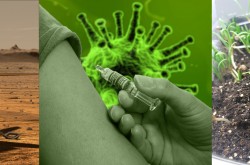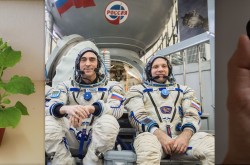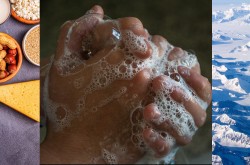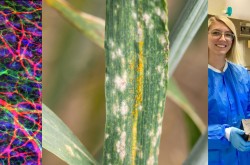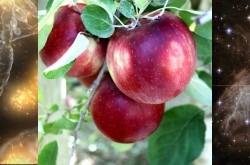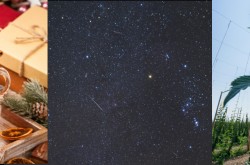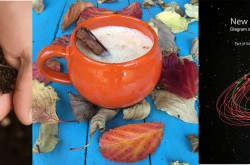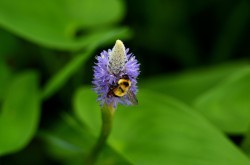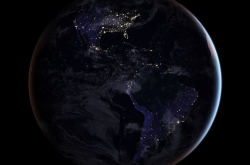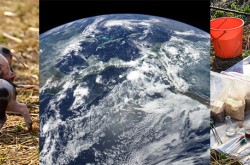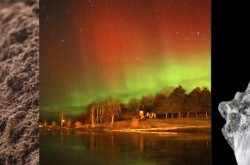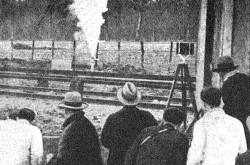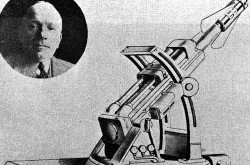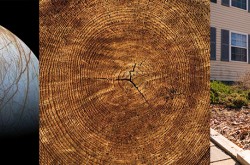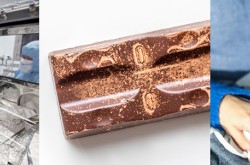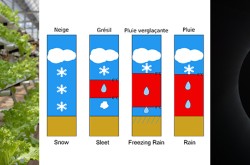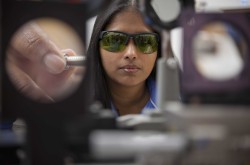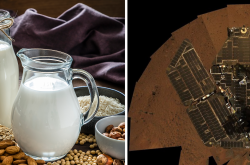The Interstellar Asteroid

There are almost one million asteroids and comets in our solar system. And every single one of them (we think) formed here, within our solar system, alongside the planets just over 4.5 billion years ago. However, in the summer months of 2017, an object not borne from the Solar System made a silent entrance, whipped around the Sun in September 2017, and started heading out again, never to return. This object, now named ‘Oumuamua, was the first asteroid discovered from outside the solar system. This is an incredibly important discovery, helping to confirm our understanding of how we think planetary systems form and evolve.





